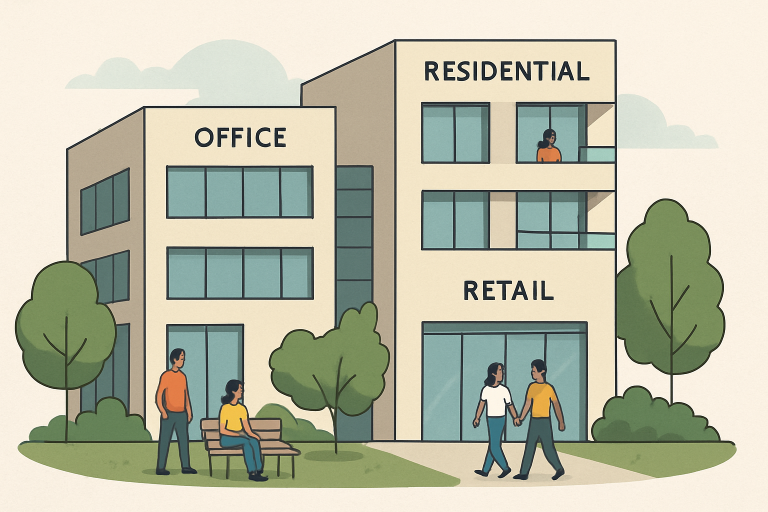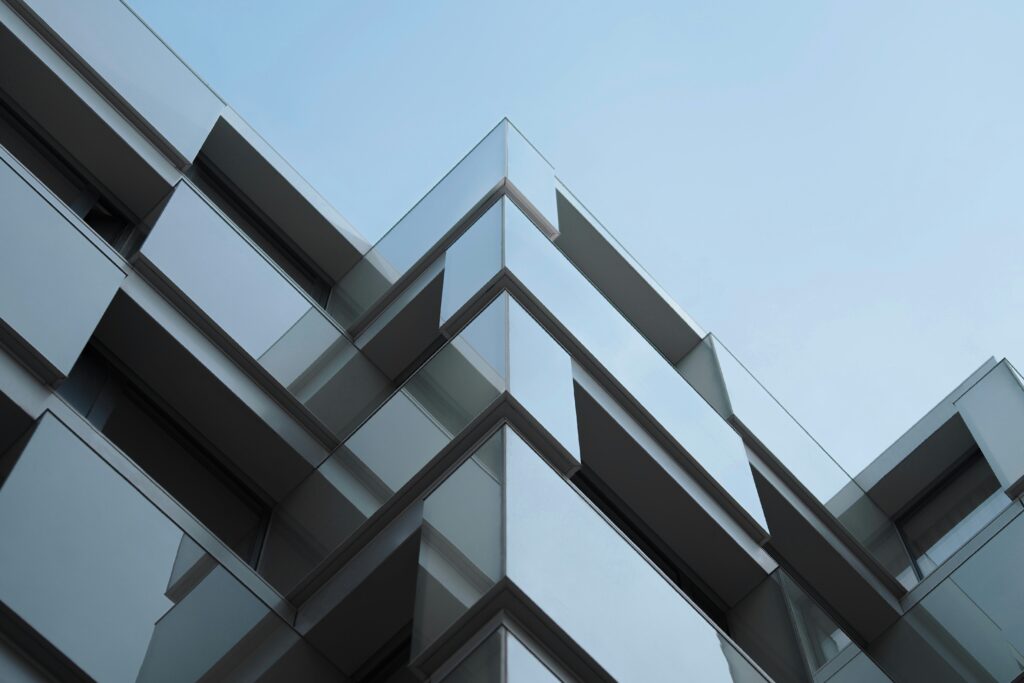Commercial building design is rapidly transforming with shifting business needs and mounting environmental concerns. Architects and developers are turning to forward-thinking technologies, sustainability, and flexible solutions to create high-performance properties that stand the test of time. From smart automation to modular building methods, commercial building design changes are rewriting the standards for efficiency, well-being, and future-readiness in commercial spaces.
Owners, tenants, and investors alike now demand buildings that impress with form and function, reduce operational expenses, and minimize environmental impact. Embracing innovative design strategies not only future-proofs properties but also delivers significant value to those who use them. The rise of data-driven development, advanced health and safety measures, and adaptive workspaces signals a future where commercial spaces provide much more than utility.
Smart Buildings and AI Integration
The proliferation of artificial intelligence (AI) and IoT (Internet of Things) is redefining the capabilities of commercial spaces. Smart building systems can now automate HVAC, lighting, security, and even occupancy-level adjustments, reacting to real-time conditions. AI-driven analytics help continually refine building performance, identifying inefficiencies and suggesting energy-saving actions. The result is a responsive environment that optimizes comfort and minimizes costs for owners and tenants. As reported by Johnson Controls, these technologies are already proving transformative in top-tier properties around the globe.
Sustainable and Green Building Practices
Modern commercial designs are increasingly focused on minimizing their environmental impact. New LEED and WELL certification standards challenge projects to incorporate energy-efficient systems, sustainable materials, and robust recycling infrastructure. Commercial construction companies implement these strategies, ensuring designs meet aesthetic and performance goals. Green roofs, solar panels, and rainwater harvesting systems are becoming more common, benefiting the planet and long-term operating budgets. Requiring fastidious attention to lifecycle impacts, sustainability efforts support higher valuations, regulatory compliance, and improved tenant retention. Leading publications like Architectural Digest continue to highlight how green building is now foundational.
Flexible and Adaptive Workspaces
Shifting work habits, especially the rise of hybrid and remote models, are fueling demand for adaptable interiors. Future-focused office designs prioritize movable walls, modular furnishings, and programmable lighting layouts that accommodate changing teams and workflows. These flexible solutions support long-term space optimization, making it cost-effective to pivot as business needs change. Adaptive layouts allow tenants to tailor environments to their brand and workforce preferences easily.
Biophilic and Nature-Inspired Design
A well-established body of research confirms that integrating nature into commercial interiors boosts human well-being and productivity. Biophilic design incorporates living green walls, natural ventilation, indoor gardens, and abundant daylight. These features foster a relaxing, rejuvenating atmosphere that supports employee retention and client satisfaction. By blurring boundaries between indoors and outdoors, commercial properties can become true sanctuaries in urban environments.
Health-Centric Architecture
Health and safety have moved to the forefront in commercial building design, accelerated by the global pandemic. Effective designs now include high-grade air filtration, touchless access controls, antimicrobial materials, and enhanced cleaning protocols. Natural ventilation, access to outdoor spaces, and facilities for active commuting, such as bike storage and showers, are also in high demand. By creating environments that support physical and mental health, properties attract discerning tenants and reduce liability for owners.
Mixed-Use Commercial Complexes
As urban markets grow denser, multi-functional complexes emerge as preferred development models. These projects skillfully blend office, retail, hospitality, and sometimes residential units under one roof, fostering vibrant day-and-night communities. Mixed-use developments maximize land values, encourage foot traffic, and facilitate more sustainable lifestyles by reducing the need for car travel. This dynamic mix also allows property owners to diversify revenue streams and adapt more readily to fluctuating market demands.

Modular Design and Construction
Modular construction involves pre-fabricating building sections off-site and then rapidly assembling them on location. This approach streamlines timelines, reduces material waste, and enables rigorous quality control in factory settings. The modular trend is especially appealing for projects on tight deadlines or constrained budgets, as it allows for parallel site work and off-site production. This method simplifies future renovations and expansion, making it an ideal fit for evolving business requirements.
Data-Driven Design and Digital Twins
Advances in cloud computing and sensor-based networks generate a treasure trove of data throughout the building life cycle. This wealth of information supports predictive maintenance, real-time energy management, and user experience personalization. Digital twins—detailed virtual models of actual buildings—are now used to simulate performance, diagnose inefficiencies, and plan improvements. By integrating these digital models with IoT systems and AI, teams can proactively manage facilities, extending equipment life and optimizing daily operations.
A commitment to sustainability, adaptability, user health, and digital innovation shapes the modern commercial building landscape. As design and construction teams continue to push boundaries, embracing these strategies will be critical for creating beneficial and relevant spaces for years to come.



